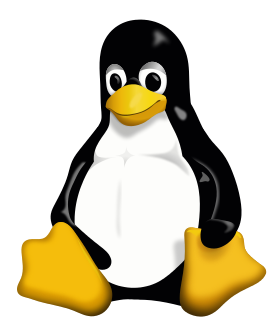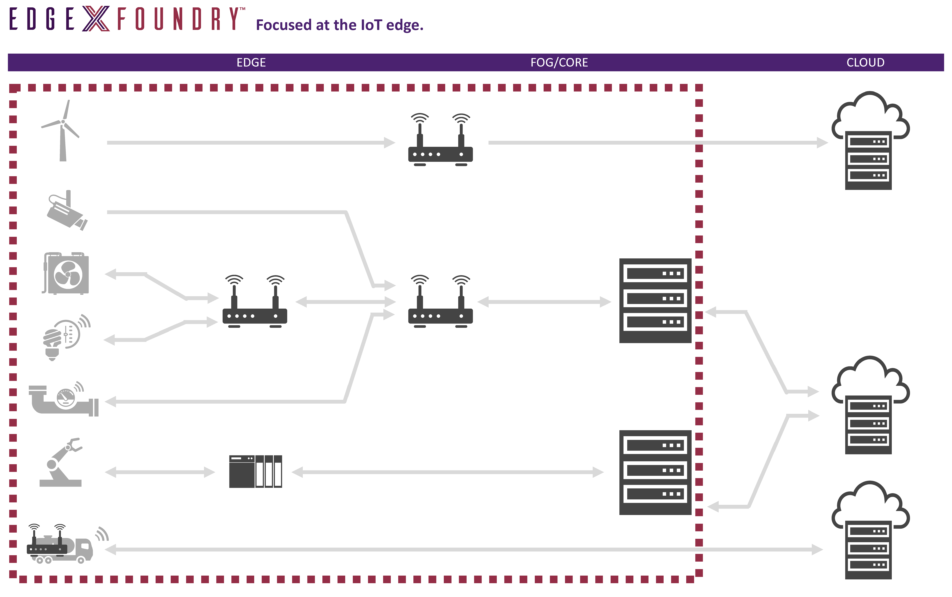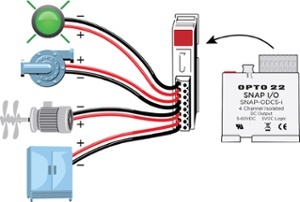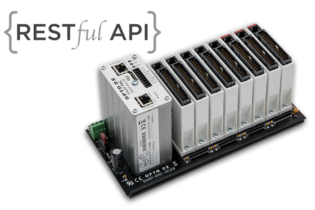There’s an African proverb that says if you want to go fast, go alone; if you want to go far, go together.
And that’s exactly what the Linux Foundation’s EdgeX project and its 50 founding members, including Opto 22, intend to do—go farther than ever before in connecting the physical world with the digital world at the network edge, where most industrial IoT (IIoT) challenges exist today.
Reaching a single technology standard to connect all physical devices to the digital world would be ideal for IoT developers and solution builders.
But in reality the intersecting markets of IoT and IIoT are so wide, diverse, and complex that trying to adopt a one-size-fits-all standard for these types of applications is inefficient and likely unattainable.
For example, how do you develop a standard that addresses wearable technology and consumer-level need,s while still addressing the requirements of a mission-critical industrial application? They’re two totally different problems with very different solution requirements.
It can also be dangerous to rely on industry vendors to define a standard, because they may sway the standard towards adopting their own proprietary technology—which may not benefit the industry or market in the long run.
Which is why the fact that EdgeX is an open-source Linux Foundation project is so important.
Like other Linux Foundation-sponsored projects, the EdgeX Foundry will have the opportunity to be developed in the open. Anyone can comment, question, and criticize it in an effort to reach the best standard to address market and industry needs.
The goal of EdgeX is to enable interested parties to freely collaborate on open and interoperable IoT solutions, built using existing connectivity standards combined with their own innovations. A recurring theme throughout EdgeX initiatives is device, system, and service interoperability—which is key to developing and delivering value-add and accelerated-ROI applications.
One of the most interesting things about the EdgeX platform architecture is its clear intention to integrate both operations technology and information technology at a software development, protocol, and communication level. EdgeX does this through a loosely coupled microservice platform architecture that provides all OT and IT devices, software, and services with a platform to interconnect and communicate with each other.
I’m a fan of this type of layered architecture, particularly because it reminds me of another standard architecture that’s been widely adopted and is used to build the Internet as we know it today: the OSI model.
The OSI model uses a layered approach to determine how communication should take place between various Internet-connected devices, from the physical media used to transport electrical signals, all the way up to how data is presented to a user.
The EdgeX platform uses a similarly layered approach with microservices at each layer.
The microservice platform architecture is made up of four distinct service types, which we’ll cover over several upcoming blog posts. In this post we’ll start with Device Services that live at the very edge of the network, where information from the physical world is first digitized for transport and consumption by other IIoT systems.
Device Services (DS) are the edge connectors of EdgeX. This is where EdgeX microservices communicate with devices, sensors, actuators, and other IoT "things" via the protocol of choice for that specific thing.
Device Services are responsible for translating the data produced and communicated by industrial equipment—the electrical signals they use for communication and control—into a common EdgeX data structure that is then sent to the core services for use in higher level microservices.
 A great example of microservices is the RESTful API available for Opto 22 automation controllers and I/O systems.
A great example of microservices is the RESTful API available for Opto 22 automation controllers and I/O systems.
With a RESTful API directly to an automation controller, the EdgeX platform can seamlessly connect to, monitor, and control devices in the physical world.
Device Services such as the RESTful API literally bridge the gap between the physical world of existing electrical devices that communicate in voltage and current, and the digital world of cloud services, programming languages, and mobile devices.
Device Services are the first building block of the EdgeX platform. They’re how the physical and digital worlds connect.
In our next blog post, we’ll learn about the next layer up in the EdgeX platform: Core Services.
